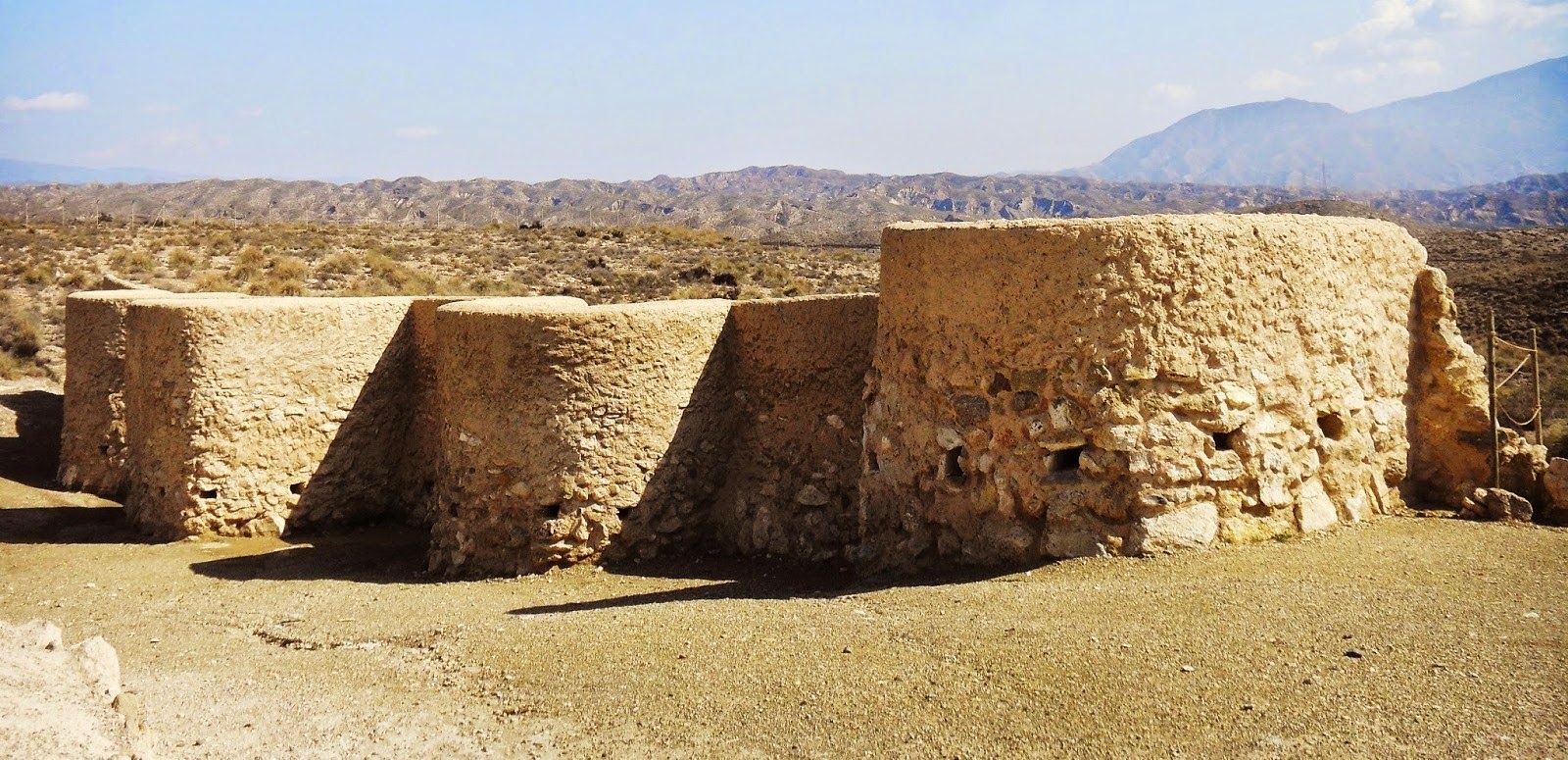bicicleur 2
Regular Member
- Messages
- 6,367
- Reaction score
- 1,401
- Points
- 113
It's interesting to speculate that perhaps the original settlements, which showed no hierarchy among the people might have been a metal working group from abroad.
Los Millares, which always looked so Aegean like to me, and nothing like what the newly arriving steppe admixed people were building.



As so often in this hobbyist community, anything that didn't fit the narrative of David Anthony and Eurogenes had to be wrong.
if there was no hierarchy,
why are all these settlements surrounded by walls and constructions that look like watch towers?
why were some of them burried in such elaborate graves?

who are all these in this forum that connected the Iberian cahlcolithic with steppe people?


